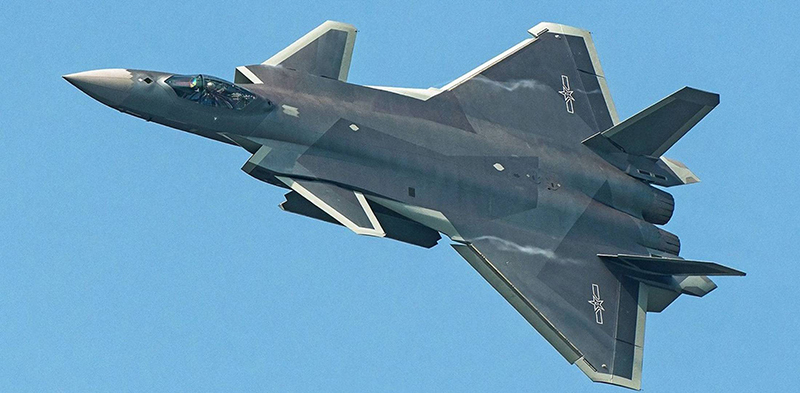China Has Emerged as a Preeminent Global Strategic Super Power: What Does It Mean?
During the past five years China’s defense programs have not accelerated, they have increased by multiples into segments the Chinese had not previously been involved in. The introduction of a developmental aircraft carrier program, the fielding of an operational stealth fighter, the deployment of the world’s longest range ICBM and several new state-sponsored defense programs including tactical aircraft and helicopters intended specifically for export sale signal a parallel emergence of China’s global defense doctrine along with their dominant economic influence.
But what are China’s strategic and tactical air capabilities and, more importantly, what can we theorize about their intentions not only in Asia, but around the world?
China’s new defense and aerospace initiatives are a strategic necessity to provide foundational security for their rising economic influence globally.
Two years ago, in 2015 The International Monetary Fund (IMF) ranked China as the number one economic superpower in the world. That year China surpassed the United States based upon the purchasing power parity of GDP indicator (gross domestic product). The IMF reported that China produced 17% of the world gross domestic product in 2014 passing the U.S. GDP of 16%. China’s increased global influence has inspired low and middle income countries to emulate China’s approach. These Chinese allies now engage in partially state-sponsored rapid economic growth including the Latin American countries, Brazil, Argentina and Columbia as it emerges from a protracted drug war. India and Pakistan are now also aligned with China on several significant defense and economic initiatives.
While the subject of China’s emerging military is vast, there are several standout defense aerospace programs that provide an insight into China’s global motives.
China’s Operational Stealth Fighter: The J-20
China’s Chengdu J-20 stealth fighter has just officially entered active service with the People’s Liberation Army Air Force (PLAAF): “China’s latest J-20 stealth fighter has been officially commissioned into military service, Ministry of National Defense spokesperson Wu Qian told global media in a September 28, 2017 press release on the Xinhua.net and the official state defense media website.
Analysts suggest the J-20 is likely a medium-long range interceptor roughly analogous to the interceptor role of legacy aircraft like Russia’s older MiG-25 Foxbat, albeit much more sophisticated, and comparable to a Gen. 5 fighter.
There have also been comparisons to the U.S. F-22 Raptor, although the F-22 has emerged in combat in Syria as a precision strike low-observable aircraft in addition to its air superiority role. Western observers have suggested the primary low-observable capability of the J-20 is from the front of the aircraft, but perhaps not at other aspects, suggesting the J-20 is optimized for the interceptor role at least initially.
At different times, both in 2016 and 2017, there were unconfirmed reports that China may sell the J-20 to Pakistan in what would be the first-ever sale of a stealth air superiority specific Gen 5 aircraft in the export market (the multinational F-35 is described as a multirole Joint Strike Fighter, not exclusively as an air superiority interceptor like the J-20 or the U.S. F-22, which has not been exported outside the U.S.
Given this and more information about the J-20 it can be reasonably suggested that this aircraft is intended primarily for defense of Chinese air space and, if exported, some of its border allies. Sharing air defense with friendly border countries makes sense since China shares a border with a staggering 14 different countries. The U.S. only borders 2.
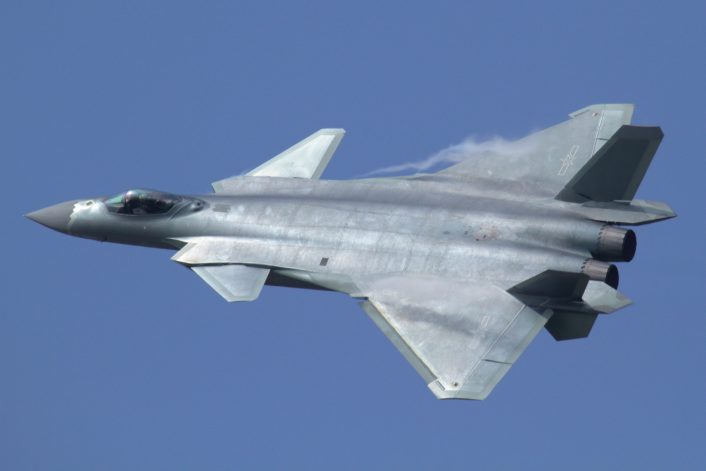
China’s DF-41 ICBM: Global Strike Capability in World’s Longest Range ICBM.
Contrasting China’s regional defense initiative with its J-20 aircraft is the global nuclear strike capability of the Dongfeng-41 solid-fuel, portable launch platform Intercontinental Ballistic Missile (ICBM).
The Dongfeng-41 or DF-41 is an impressive and menacing missile system. It has the longest range of any ICBM in the world, surpassing the U.S. LGM-30 Minuteman III by a significant margin. Various sources quote the U.S. LGM-30 as having an approximate strike range of nearly 8,000 miles. But the Chinese and external analysts suggest the range of the DF-41 exceeds 9,000 miles.
The DF-41 ICBM, developed beginning in late July, 2012, takes a page from Israeli ICBM development on their Jericho 3 ICBM by being so fast it is likely impossible to intercept. The DF-41 flies at Mach 25 or 19,000+ M.P.H. enabling it to strike nearly every target in the world in less than an hour.
Another advantage to the DF-41 ICBM system is its launch platform. As with many Russian systems, it is launched from a wheeled, mobile vehicle platform making its launchers difficult to track and target.
Finally, the DF-41 carries up to 12 large nuclear Multiple, Independently targeted Re-entry Vehicle (MIRV) warheads, increasing its effectiveness against multiple large, hardened targets and decreasing the ability to intercept it after re-entry into the atmosphere during its terminal attack phase.
By any measure the DF-41 ICBM with its stealthy, mobile launch platform, extremely long range, massive payload and very high speed position China as a preeminent global nuclear force with the attendant diplomatic might that capability wields.
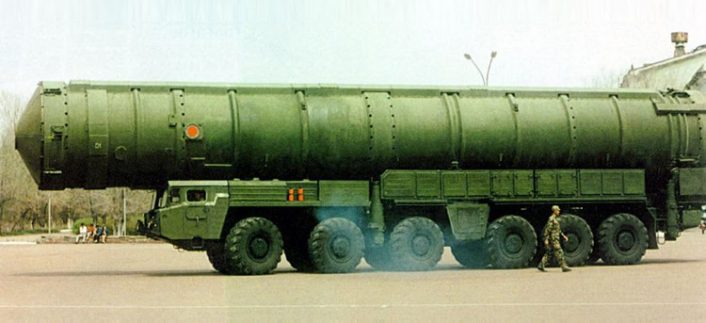
The Shenyang J-31 Gyrfalcon: China’s Joint Strike Fighter?
The Shenyang J-31 Falcon Eagle or Gyrfalcon (or “FC-31 fifth Generation Multi-Purpose Medium Fighter”), is China’s second stealth fighter jet.
The first prototype of the aircraft performed its maiden flight on Oct 31, 2012, and made a public appearance on Nov. 12, 2014 at Zhuhai Airshow.
Gyrfalcon is China’s multirole, (claimed) low-observable tactical aircraft roughly analogous, in mission if not in capability, to the F-35 Joint Strike Fighter. It is intended for export to partner nations, it boasts a supposed low-observable configuration, is slated to be built in a naval/aircraft carrier (although not STOVL) and is claimed to be able to perform both the precision strike and air-to-air role.
The aircraft may have had some teething problems in early development.
The vertical stabilizer configuration was completely reworked from early versions that seemed to mimic the twin tails of an F-22. The J-31 has since been seen in its newest version with a swept-back twin tail.
The latest version of the J-31 was seen last year on December 26, 2016, during its first flight: it was significantly re-worked, heavier (three tons more) and at least 20-inches longer than the early prototypes according to most sources.
The latest J-31 variant appears to be a more completely developed tactical aircraft with an Infra-red search and track ball passive sensor (IRST ball).
The wings have been re-worked into a claimed lower radar cross-section shape and new engines have been installed that provide greater thrust to compensate for the additional weight. The new engines are also smokeless, a significant tactical necessity. There are also claimed improvements to its search and targeting radar. Chinese officials and media have hinted at some sensor-fusion capability to hand-off targets to other aircraft and perhaps weapons assets, as with the F-35s capability to direct weapons. Perhaps the most significant claimed future capability project for 2019 is re-engining the J-31 with indigenous WS-19 turbofan engines, providing supercruise capability without afterburner. The U.S. F-22 has supercruise but the F-35 does not.
Finally, the J-31 Gyrfalcon is a twin-engine aircraft to the F-35s single engine.
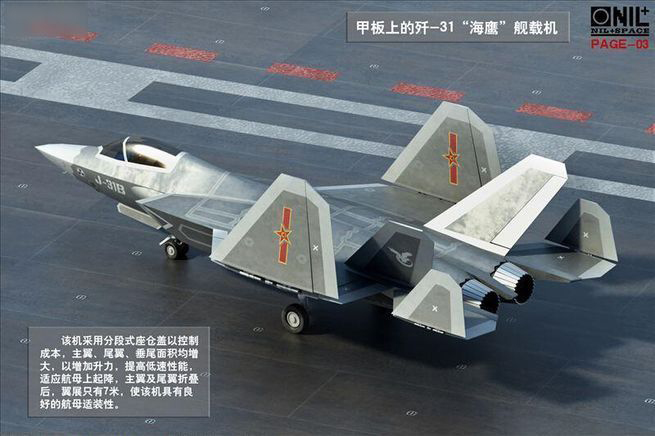
The Chinese Aircraft Carrier Program: From Buying Used to Building at Home.
That China has even embarked on an aircraft carrier program speaks volumes about their future role in global security. Aircraft carriers are about power projection. They operate beyond a country’s borders to secure its interests around the world. While the idea of having a U.S. aircraft carrier on station anywhere in the world is normal, the deployment of Russia’s only carrier in support of operations in Syria made headlines. When Chinese carriers visit India, Africa and South America the impact will be significant.
China is not new to an aircraft carrier development program. Their research into aircraft carriers dates back to at least 1985. In November of 2016 the Chinese declared their completely refitted 67,500 ton ex-Soviet aircraft carrier Varyag, a Kuznetsov class aircraft carrier built in Russia, as fully operational. It was re-commissioned the Liaoning (CV-16) type 001 aircraft carrier.
Most recently they have installed a new Z-8JH heavy rescue helicopter on board Liaoning expanding its role from power projection to humanitarian aid.
The Liaoning carries eight Shenyang J-15 Flying Shark multi-role tactical aircraft on board. They bear a strong resemblance to the Russian SU-27 aircraft family. Currently the J-15 launches using a ski-jump arrangement as with Russian and soon UK aircraft but at least one modified J-15 was photographed with a catapult bridle on its nose wheel for land-based testing of a new magnetic catapult system likely to be used on the next Chinese aircraft carrier, the yet-to-be-named CV-18, Type 002 aircraft carrier of entirely Chinese indigenous design to be built by the Jiangnan Shipyard in Shanghai.
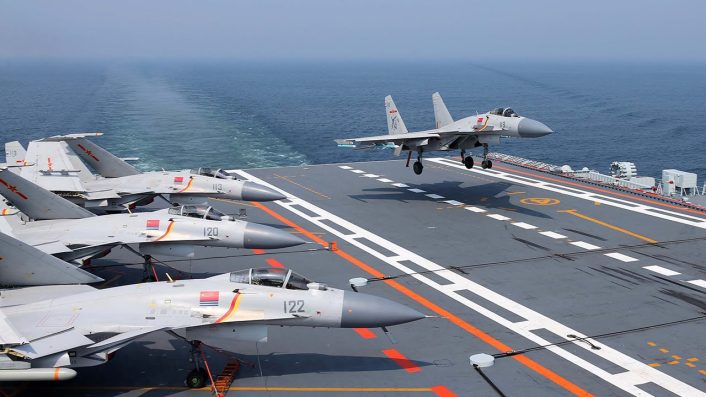
Chinese Gunships: A New Category for A New World Order.
On May 18, 2017 China’s new Z-19E attack helicopter built by the state-owned AVIC Harbin Aircraft Industry factory made its first public flight. State news agency Xinhua said the Z-19E is built for both the domestic and export market.
The Z-19E is the first modern helicopter gunship for the Chinese. It features the usual gunship mix of helmet-sight cued cannon mounted in winglet pods, missiles and rockets.
The aircraft uses a covered Fenestron-style internal tail rotor borrowed from the Eurocopter AS365 Dauphin helicopter. The cockpit is armored and the crew seats are energy-absorbing for enhanced survivability.
The Z-19E will likely be an affordable alternative for countries not shopping from the United States or Russia for an import attack helicopter solution. This likely includes several potential customers on the African continent as well as Asia and South America.
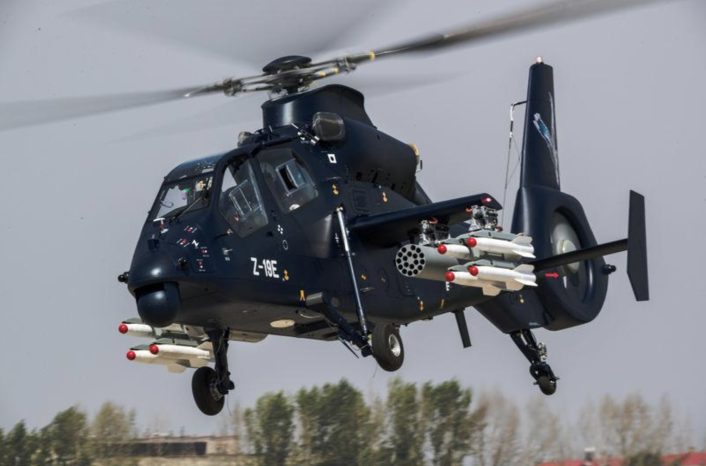
Chinese RPA’s, Already an Export Success with New Models Coming.
China has already sold remotely piloted aircraft, RPAs, to Myanmar, Nigeria, Pakistan, Egypt, Iraq and Saudi Arabia. Their newest RPA, the CH-5 CaiHong (Rainbow) flew for the first time this summer on July 14 in Hebei Province.
Jane’s Defense quoted Shi Wen, chief engineer of the CH series RPAs, as saying that the CH-5 outperforms all Chinese RPAs when it comes to endurance and payload. “The UAV is as good as the US-made General Atomics MQ-9 Reaper: a hunter-killer drone often deemed by Western analysts as the best of its kind,” Wen claimed.
Also aiming for export buyers, China has boasted that the new CH-5 is “Less than half the cost” of the U.S. built General Atomics MQ-9 according to journalist Stephan Chin of the South China Morning Post. China claims the CH-5 can stay aloft for “up to two days” and is configured to carry up to 16 guided air-to-ground weapons.
Not for export is China’s secretive “Sharp Sword” stealth drone. The advanced jet-powered RPA is designed to carry a heavy weapons load of over two tons. It is 33-feet long with a wingspan of 44-feet.
The Sharp Sword has more than a passing resemblance to the U.S. X-47B drone and the British Taranis UAV. Initially, analysts suggest the Sharp Sword will be used in the reconnaissance role over dense air defense networks along with maritime surveillance. Follow-on versions will be configured as first-strike weapons against heavily defended targets for a “first day of war” scenario. As with the U.S. jet-powered stealth drones there is planning for a carrier launched version also.
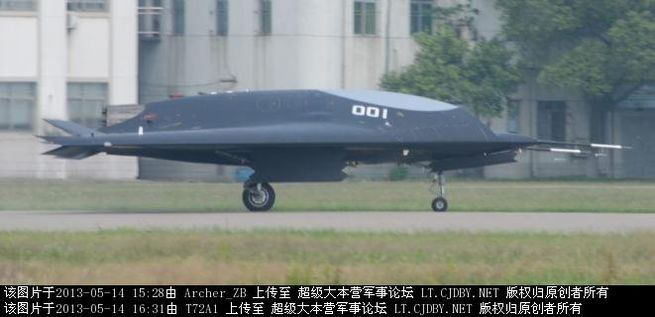
This is just a brief overview of some of China’s vast expansion in modern defense and aerospace projects for its domestic and newly expanding export market. Given China’s industrial capacity and new global economic dominance we are likely to see many more.

